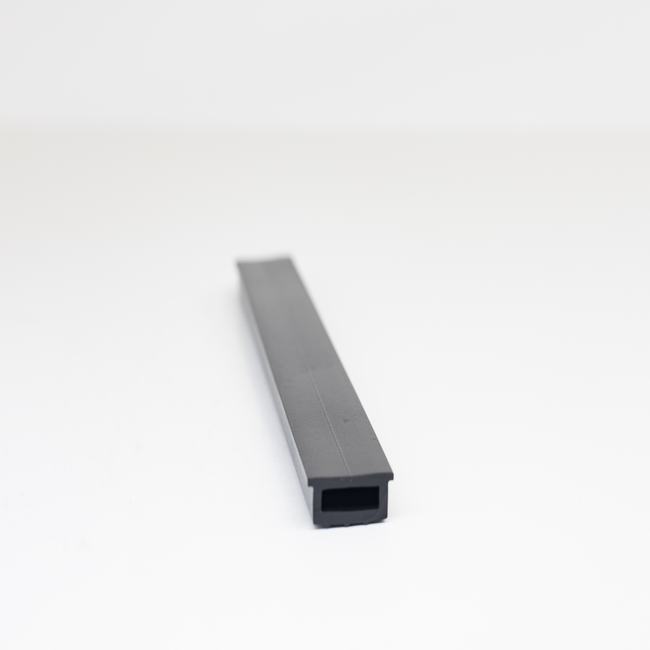Garage door seals, also known as garage door weatherstripping or garage door gaskets, are essential components installed around the perimeter of garage doors to provide a barrier against outdoor elements, such as rain, wind, cold, and debris. These seals help maintain a controlled indoor environment, prevent water and pests from entering the garage, and improve energy efficiency. Here’s more information about garage door seals:
1. Types of Garage Door Seals:
- Bottom Seals (Threshold Seals): These seals are installed on the bottom of the garage door to create a barrier between the door and the garage floor. They prevent water, dirt, leaves, and pests from entering the garage. Threshold seals are often made of rubber or vinyl materials.
- Weatherstripping Seals: These seals are attached to the sides and top of the garage door frame to seal gaps between the door and the frame. They provide insulation and weather protection, helping to maintain a consistent indoor temperature.
- Brush Seals: Brush seals consist of bristles (often made of nylon or polypropylene) attached to a metal or plastic holder. They are used on the sides and top of the door frame to seal gaps and reduce drafts while allowing the door to move smoothly.
- Seal Kits: Some garage doors come with seal kits that include various types of seals to provide comprehensive protection around the door.
2. Material Composition:
- Garage door seals can be made from various materials, including rubber, vinyl, foam, neoprene, or a combination of these materials. The choice of material depends on factors such as climate, insulation requirements, and the specific application.
3. Functionality:
- Garage door seals serve several functions:
- Weatherproofing: They prevent rain, snow, and wind from entering the garage, helping to keep the interior dry and free from water damage.
- Insulation: They improve energy efficiency by sealing gaps and reducing heat loss or heat gain, which can lower heating and cooling costs.
- Pest Control: Seals help keep pests, such as insects and rodents, out of the garage.
- Noise Reduction: They can reduce noise from the outside, creating a quieter indoor environment.
4. Installation and Maintenance:
- Garage door seals are typically easy to install and require minimal maintenance. Proper installation is crucial to ensure a tight seal.
- Maintenance may involve cleaning the seals periodically and inspecting them for wear or damage. Damaged seals should be replaced promptly to maintain their effectiveness.
5. Compatibility:
- Garage door seals come in various sizes and styles to fit different garage door types and sizes, so it’s essential to select seals that are compatible with your specific garage door model.
In summary, garage door seals are vital for protecting your garage and its contents from outdoor elements, improving energy efficiency, and enhancing overall comfort. They are relatively easy to install and provide long-lasting benefits. Regular maintenance and replacement of damaged seals can help ensure they continue to function effectively over time.





